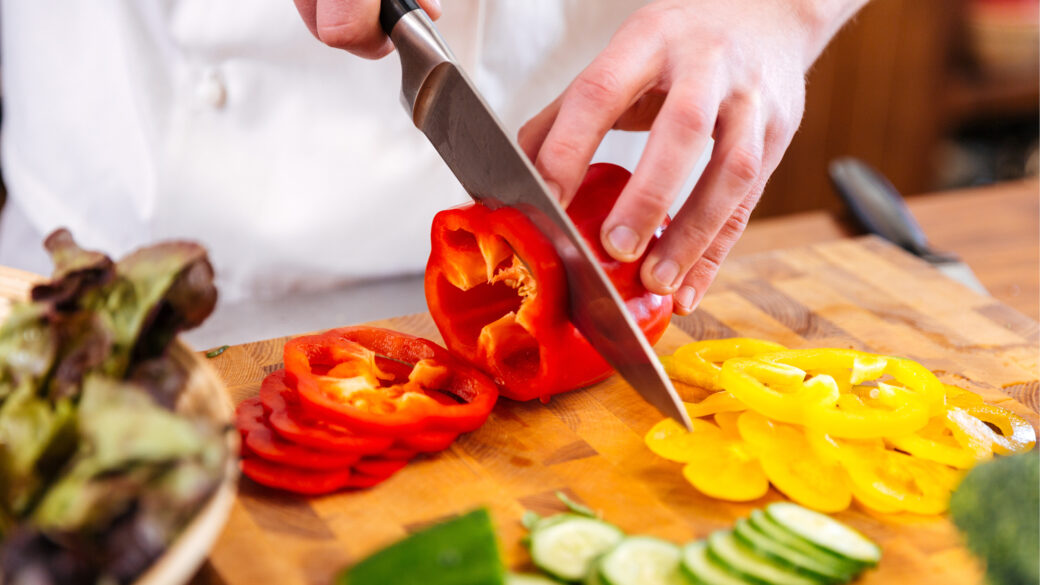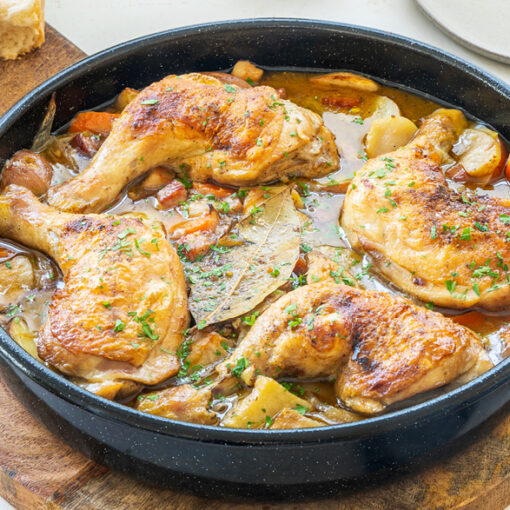Useful techniques for preparing lobster, self filleted salmon, chicken, etc.

We are sure there are those who can peel more than 10 shrimps in 60 seconds and indeed master the art. Good for them. That doesn’t change the fact that peeling can be tricky business if you don’t have the right technique.
How to fillet a salmon at home on the counter? Use the spine.
- Make the first slice around the edge of the gills and cut through following the gill’s edge.
- Cut the tail off at the root. There can be some pretty big bones here, so you don’t have to cut all the way through, just enough to crack the tale so it breaks.
- Place the fillet knife by the head or the tail. Insert it so that it follows the middle of the fish and cuts along the spine. Follow the spine until the bone is eventually severed.
- Spread the fillets to the side and cut them free of the bones. Remove the spine when it can be detached without too much effort. Pull the fillets while at the same time cutting the fillets totally free with the fillet knife. The fillets are separated at last.
How to get all of the meat from the lobster? Get the nutcracker.
- Crack the lobster along the spine with a solid, sharp knife.
- Remove the stomach, that’s near the head right behind the eyes and the antennae. Remove the dark intestine string that runs through the tail.
- Take the green innards and the roe if you like, and serve them with the lobster.
- Crack the claws from underneath with a nutcracker or hammer so that you can get to all the small, narrow places.
How to get the best out of your artichoke? Remove the beard.
- Wash your hands. Boiled artichoke should be eaten with your fingers.
- Pull the leaves one by one and dip them in melted butter or oil and vinegar dressing.
- Scrape the bottom meaty part off with your front teeth.
- When one has eaten all the leaves, remove the beard – a mass of small hairs that are the undeveloped flowers at the heart of the artichoke – and eat the heart last.
How to avoid serving a rump of beef that can’t be chewed? Use your eyes.
- Look at the meat’s muscle structure. Every rump of beef is unique.
- Cut the meat along the muscle structure, not just from the broad end.
- Pre-cut the meat slightly in thin, slanted slices.
- Check the sliced meat before you carve the whole rump. If the seams from the muscles are running in the same grain as the meat, change the angle of cutting. If you cut along the grain the meat will be tough and hard to eat.
How to carve a fresh chicken like a seasoned housewife? Cut a chicken in 2 minutes.
- Place the chicken with the breast side up and the rump facing in towards you. Cut through the breast with a solid knife or poultry shears.
- Separate the breasted chicken in two halves: Carve through the back by making an incision from the neck to the rump. Remove any internal fat and the bloody parts.
- Cut away the wing so that part of the breast is also attached. Chop off the outer part of the wingtip.
- Separate the leg, thigh, and the back from the breast. The easiest way to do this is cut between the thigh and the breast. Follow the skin with the knife. End the cutting by separating the leg and the thigh and then tucking in the thigh.






